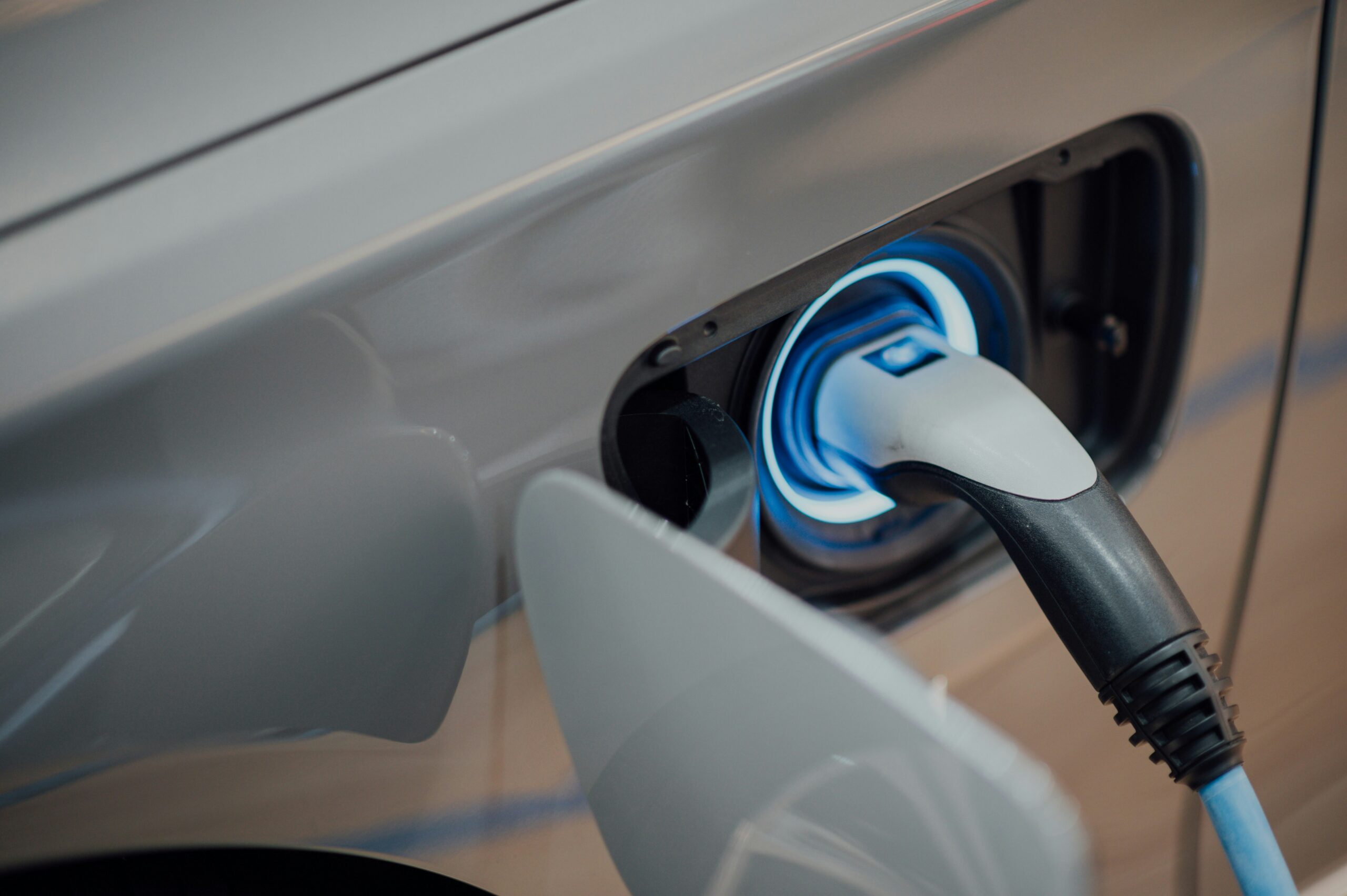In recent years, there has been a growing interest in eco-friendly transportation options. As concerns about climate change and air pollution continue to rise, many people are looking for alternatives to traditional gasoline-powered vehicles. This has led to the rise in popularity of electric and hybrid vehicles.
Electric Vehicles (EVs)
Electric vehicles, or EVs, are powered solely by electricity. They use rechargeable batteries to store energy, which is then used to power an electric motor. EVs produce zero emissions, making them an environmentally friendly option.
There are two main types of electric vehicles: battery electric vehicles (BEVs) and plug-in hybrid electric vehicles (PHEVs).
Battery Electric Vehicles (BEVs)
BEVs are powered entirely by electricity. They do not have an internal combustion engine, which means they produce zero tailpipe emissions. BEVs are charged by plugging them into an electric power source, such as a charging station or a standard electrical outlet. They can typically travel between 100-300 miles on a single charge, depending on the model and battery capacity.
One of the main advantages of BEVs is their low operating costs. Electricity is generally cheaper than gasoline, and maintenance costs are typically lower as well, since there are fewer moving parts in an electric motor compared to an internal combustion engine.
However, one of the main challenges with BEVs is the limited availability of charging infrastructure. While the number of charging stations is growing, it is still not as widespread as gasoline stations. This can make long-distance travel more challenging, as drivers need to plan their routes around charging stations.
Plug-in Hybrid Electric Vehicles (PHEVs)
PHEVs combine an electric motor with an internal combustion engine. They have a larger battery than traditional hybrid vehicles, which allows them to travel longer distances on electric power alone. Once the battery is depleted, the internal combustion engine kicks in, providing additional range.
PHEVs offer the flexibility of both electric and gasoline power, making them a suitable option for those who need longer range capabilities. They can be charged using an external power source, or the internal combustion engine can charge the battery while driving.
One of the main advantages of PHEVs is their ability to reduce fuel consumption and emissions. By utilizing electric power for shorter trips, PHEVs can significantly reduce gasoline usage. They also offer the convenience of not having to rely solely on charging infrastructure, as they can be fueled up at any gas station.
Hybrid Vehicles
Hybrid vehicles combine an internal combustion engine with an electric motor. They use both gasoline and electricity to power the vehicle, resulting in improved fuel efficiency and reduced emissions compared to traditional gasoline-powered vehicles.
There are two main types of hybrid vehicles: full hybrids and mild hybrids.
Full Hybrids
Full hybrids, also known as strong hybrids, can operate on electric power alone, gasoline power alone, or a combination of both. They have a larger battery and a more powerful electric motor than mild hybrids, allowing them to travel longer distances on electric power alone.
Full hybrids use regenerative braking to charge the battery, capturing energy that would otherwise be lost during braking. This improves overall fuel efficiency and reduces emissions.
Mild Hybrids
Mild hybrids, as the name suggests, have a smaller battery and a less powerful electric motor compared to full hybrids. They cannot operate on electric power alone, but the electric motor assists the internal combustion engine, improving fuel efficiency and reducing emissions.
Mild hybrids also use regenerative braking to charge the battery, but to a lesser extent than full hybrids.
Conclusion
Electric and hybrid vehicles are becoming increasingly popular as more people recognize the need for sustainable transportation options. Whether you choose an electric vehicle or a hybrid vehicle, both options offer significant benefits in terms of reduced emissions and improved fuel efficiency.
While electric vehicles are the most environmentally friendly option, they are still limited by charging infrastructure. Hybrid vehicles offer a combination of electric and gasoline power, providing more flexibility for longer trips.
As technology continues to advance and charging infrastructure improves, electric and hybrid vehicles will play an even larger role in the transition to a more sustainable transportation system.


Leave a Reply